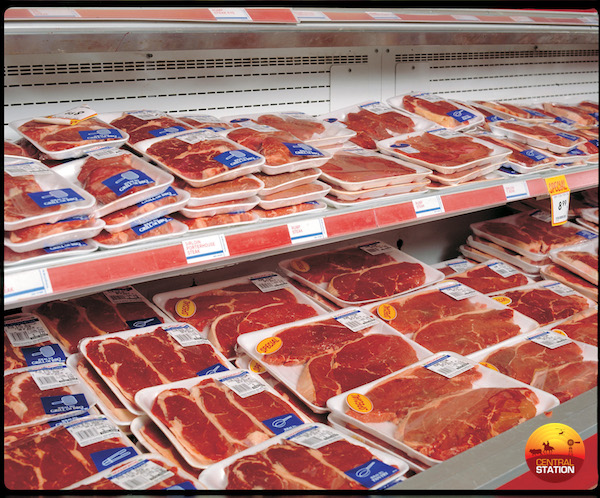A Market Analyst’s take on WA beef into Asia
Host: Northern Beef Futures
Written by Sam Nevill – Market Analyst, Northern Beef Futures Project.
 Sam Nevill.
Sam Nevill.
My name is Sam Nevill and I’m a Market Analyst for the Department of Agriculture and Food’s Northern Beef Futures (NBF) project. My role is similar to Roger’s (see his blog from earlier this week) except Roger is focused on domestic activities, my focus is WA’s international markets.
Recently, I’ve put together several documents that explore the export opportunities for producers, processors and exporters within the WA beef industry. The first of these is ‘Beef industry insights – capturing opportunities in Asian markets’. This gives WA beef businesses a single source of consistent data that provides an overview of key Asian export markets, tariffs, and consumption preferences, and covers opportunities that Northern Beef Futures has identified over the last few years.
I’ve also helped in developing a guide for beef export businesses on the free trade agreements Australia has signed with our major trading partners. Tariff structures can be complex and vary from country to country, so this guide should be useful in understanding these differences.
We know there are fantastic opportunities for WA beef in Asian markets – increasing economic growth and development has led to a rise in personal incomes, driving an increase in beef consumption. This growth has been consistent over the last decade, resulting in low Asian domestic cattle herd numbers which in turn has led to lower rates of production. Adding to this, there is a clear preference in Asia for safe, traceable and high-quality beef which has translated to strong demand for imported beef, including from Australia.
Over the last decade, Australian beef has filled this role and continues to have a significant presence in Asian supply chains. In 2016, exports of Australian beef and live cattle were worth $8.6 billion with WA exports valued at $570 million.
Our work in this area is important because it supports and increases awareness of our beef and live cattle export industries. Growth in Western Australia’s beef and live cattle exports will be the driver that grows the value of WA’s beef industry. Many of the pieces are already in place, with stable domestic demand and production capacity to supply the needs of high-value export markets, and WA beef businesses have existing trade relationships in Asia which can be leveraged as consumer demand for beef grows.
 Beef on the supermarket shelves.
Beef on the supermarket shelves.
A quick note on markets – the greatest potential for boxed beef is in South Korea, Indonesia, and Japan, with newer markets Malaysia and Vietnam becoming more attractive following years of strong growth. All these markets have the ingredients for further growth – rising consumer demand, beneficial free trade agreements, agreed health protocols and export licensed facilities in WA.
Indonesia, Vietnam, and Malaysia are the most attractive markets for live export with their high volume trade and implementation of the Exporter Supply Chain Assurance System (ESCAS). There is great demand for beef in these countries, with limited production capability to meet this demand. These markets align with Western Australian production systems and cattle genetics, and Asian consumers have an appreciation for WA’s high health status and biosecurity system.
The overall aim of my work is to increase the volume of beef exported to high-value export markets and diversify our live cattle trading partners. In doing so, WA can increase its export value and help drive a more profitable and sustainable beef industry.
The Department of Agriculture and Food’s $15 million Northern Beef Futures (NBF) project is an investment by the State Government’s Royalties for Regions program.
